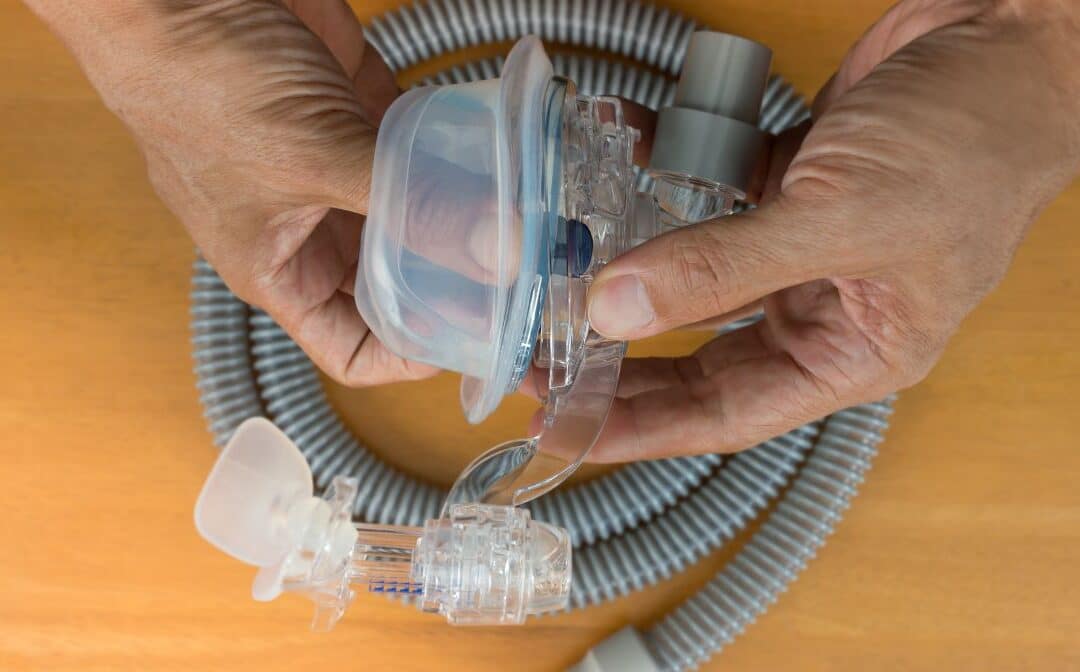Introduction to CPAP Masks
Continuous Positive Airway Pressure (CPAP) therapy is a cornerstone treatment for sleep apnea, a condition characterized by periodic breathing interruptions during sleep. The effectiveness of CPAP therapy heavily relies on the use of a well-fitting mask, as it ensures the consistent delivery of air pressure necessary to keep airways open. CPAP masks come in various types, each offering different features and benefits tailored to meet the diverse needs and preferences of users.
This guide delves into the available CPAP mask options, helping you understand their functionalities and which might best suit your personal needs. Whether you are new to CPAP therapy or looking to refine your existing setup, this step-by-step guide aims to simplify the process of choosing the right CPAP mask, taking into account features, fit, and personal preferences.
Understanding CPAP Mask Types
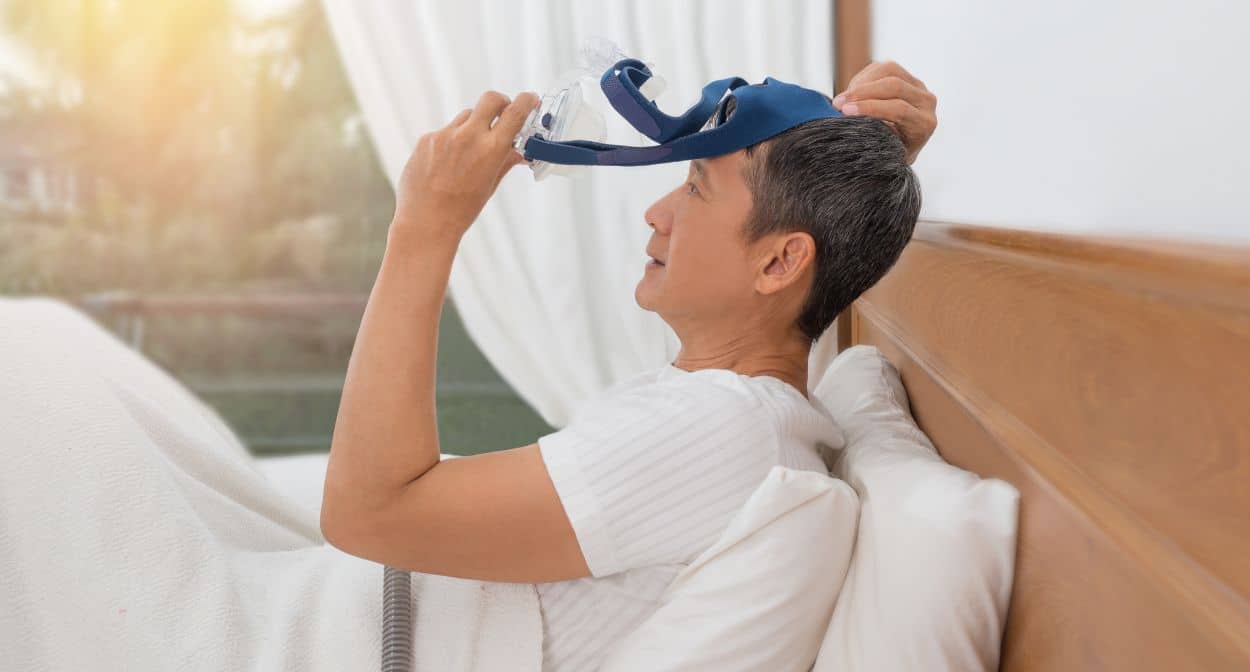
Full Face Mask
This mask type covers both the nose and mouth. It is particularly beneficial for those who breathe through their mouth during sleep or individuals with facial hair, as it helps maintain a proper seal. Full face masks are also suitable for users who require higher pressure settings.
Nasal Mask
Nasal masks cover only the nose and are known for their lighter and less obtrusive design. They are a good choice for people who prefer a less encompassing mask or those who experience claustrophobia with larger masks. However, they might not be ideal for active sleepers as movement can disrupt the seal.
Nasal Pillow Mask
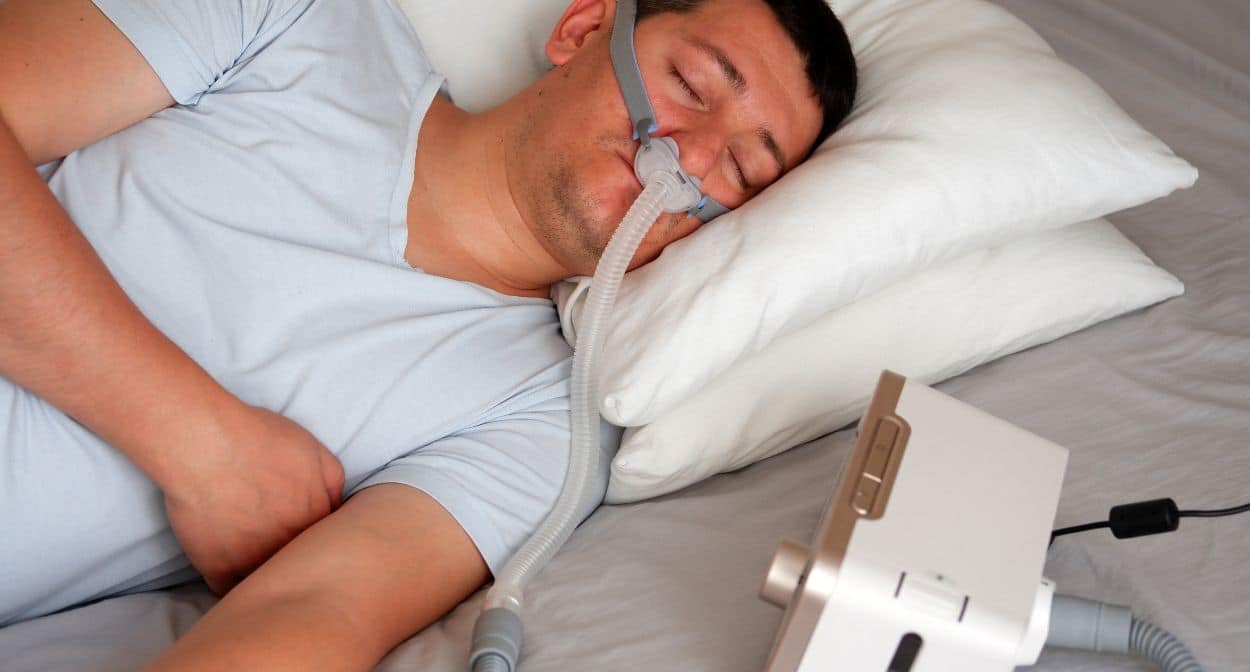
In addition to these common types, there are other specialized masks such as:
- Nasal Bridge Masks: These are designed to alleviate pressure from the bridge of the nose, suitable for users who experience discomfort in that area.
- Hybrid Masks: These combine the features of full face and nasal pillow masks, offering both mouth and nose coverage without the bulkiness of traditional full face masks.
Each mask type has its specific suitability and can significantly impact the comfort and effectiveness of CPAP therapy. Choosing the right type depends largely on your breathing habits, comfort preferences, and specific medical needs.
Factors to Consider When Choosing a Mask
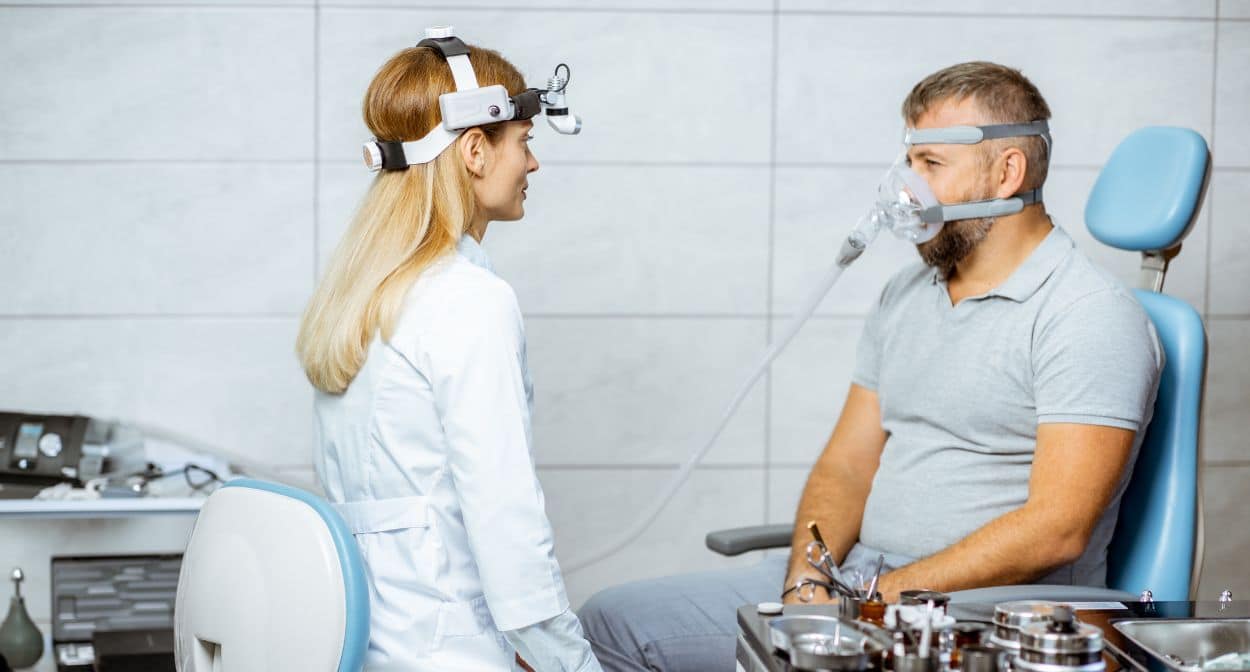
Mask Features
Choosing the right CPAP mask involves considering several key features that can affect your comfort and the effectiveness of your therapy:
- Comfort and Seal: The primary function of a CPAP mask is to provide a consistent airway pressure without leaks. It’s crucial that the mask forms a good seal around the applicable areas without causing discomfort.
- Headgear: Look for adjustable and stretchable headgear that holds the mask in place without being too tight. This ensures stability throughout the night, regardless of sleep movements.
- Material: The materials used should be soft, lightweight, and hypoallergenic to minimize any risk of skin irritation. A breathable fabric is preferred to reduce sweating and discomfort.
- Noise Level: Some masks feature exhalation ports that can create a draft or noise. A quieter mask can be a significant factor for light sleepers or those with bed partners.
- Ease of Use: Consider how simple the mask is to put on, take off, and adjust. Also, look at the ease of disassembly for regular cleaning and maintenance.
Getting Fitted for a Mask
- Professional Fitting: It is highly recommended to get professionally fitted by a sleep therapist or a specialist. They can help determine the correct size and style of mask based on your facial structure, ensuring the mask performs optimally.
- Try Different Types: Don’t hesitate to try on different mask styles during your fitting session. What feels comfortable and maintains a good seal can vary significantly from person to person.
Your Preferences
- Sleeping Position: Your typical sleeping position can influence your choice. For example, side sleepers might prefer a mask with a flexible frame or a smaller footprint to avoid discomfort.
- Claustrophobia: If you are claustrophobic, opting for a lighter, more open mask such as a nasal pillow might help ease discomfort.
- Facial Hair: Those with beards or mustaches may find better success with full face masks that can accommodate facial hair and still secure a good seal.
- Aesthetics: While the appearance of the mask might be the least practical concern, feeling confident and comfortable with how it looks can also influence your satisfaction and compliance with CPAP therapy.
Choosing the right CPAP mask is a balance between functional requirements and personal comfort. It’s essential to take your time to understand how different masks feel and function while considering your unique needs and preferences.
Step-by-Step Guide to Choosing Your CPAP Mask
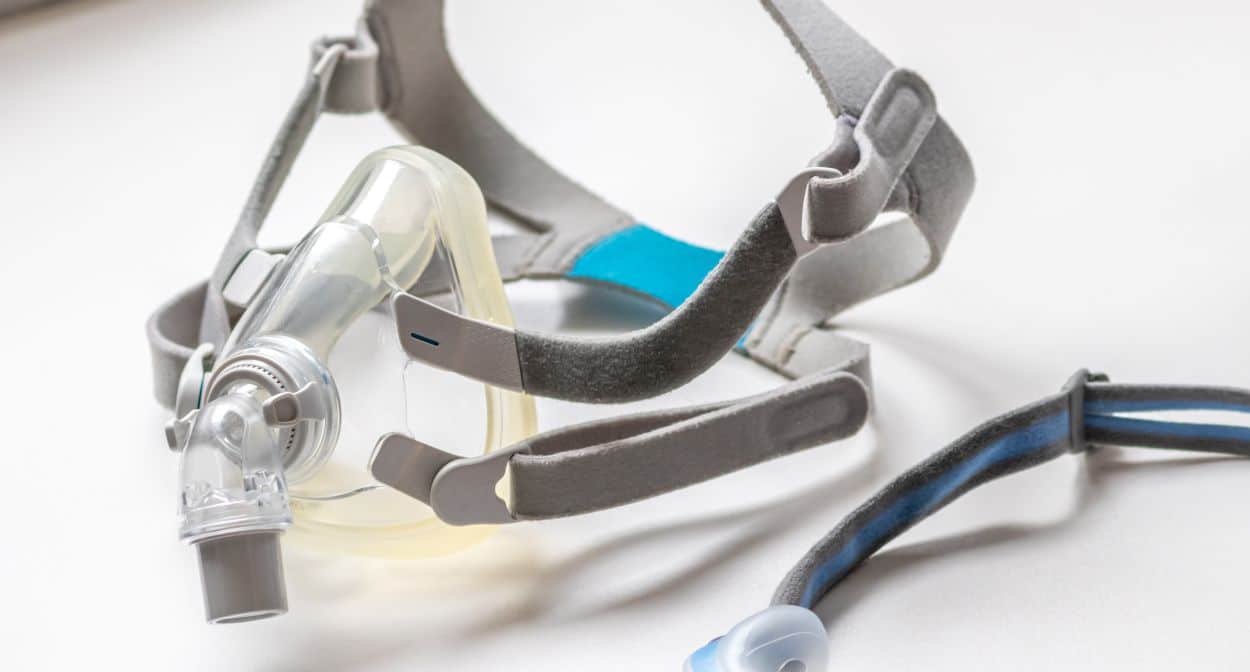
1. Consult Your Doctor or Sleep Therapist: Start by discussing your sleep apnea symptoms, treatment expectations, and any concerns you have with your healthcare provider or a certified sleep therapist. They can provide valuable insights into the types of masks that might work best for your specific condition.
2. Get Fitted for a Mask: Utilize professional fitting services available at sleep clinics or specialized medical equipment providers. A professional fitting not only ensures that you get the correct size but also helps you understand the different types of masks and how they might feel during actual use.
3. Try on Different Mask Types: During your fitting, try on various types of masks. Pay attention to how each feels on your face, how easy each is to adjust, and whether you can imagine comfortably sleeping with it all night. It’s important to move your head around to simulate sleeping positions and check for potential leaks or pressure points.
4. Consider Your Lifestyle and Preferences: Reflect on your typical sleeping habits, any claustrophobia issues, and whether you have facial hair, which might influence the mask choice. Think about whether you’ll need to get up at night and how easy it should be to reconnect or remove your mask.
5. Don’t Be Afraid to Ask Questions: Your therapist and the fitting professionals are there to help. Ask about cleaning, maintenance, replacement schedules, and any other details that will help you use and maintain the mask effectively.
By following these steps, you can make a more informed decision about which CPAP mask will best suit your needs, enhancing your comfort and the effectiveness of your treatment.
Conclusion
Finding the right CPAP mask is essential for the success of your sleep apnea treatment. While it may involve some trial and error, understanding the different types of masks and what factors to consider can significantly ease the process. Remember, the ultimate goal is to ensure you receive consistent, comfortable treatment every night.
If you’re seeking further guidance or need to explore various CPAP mask options, don’t hesitate to consult with your healthcare provider or a sleep therapist.
Learn more
At Discount Medical, we offer a wide selection of CPAP masks and accessories tailored to meet a variety of needs and preferences. Contact us today to schedule a consultation or visit our website to learn more about our products. Let us help you find the perfect mask for your CPAP therapy, ensuring comfort and effectiveness in your treatment.


